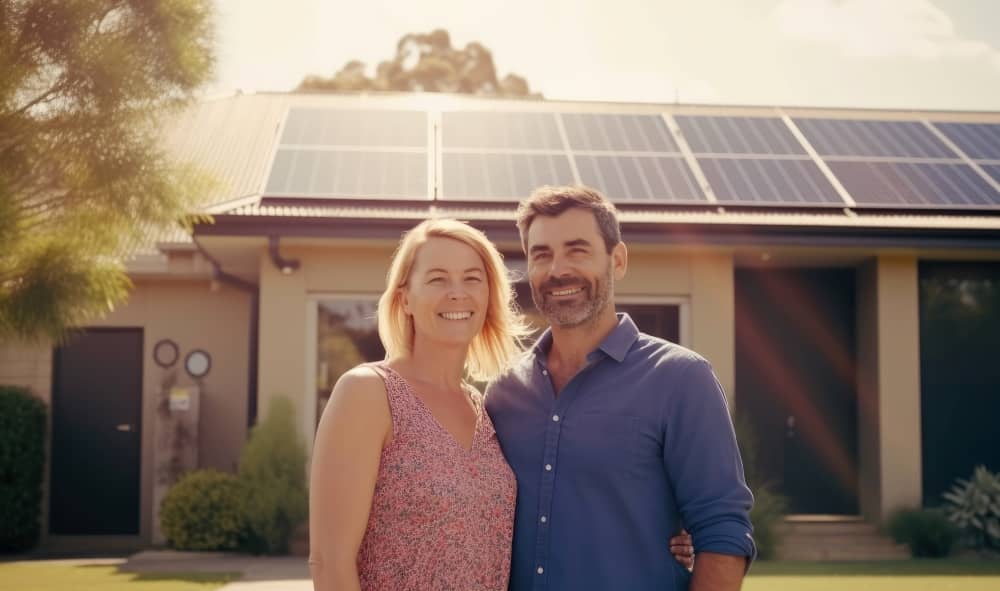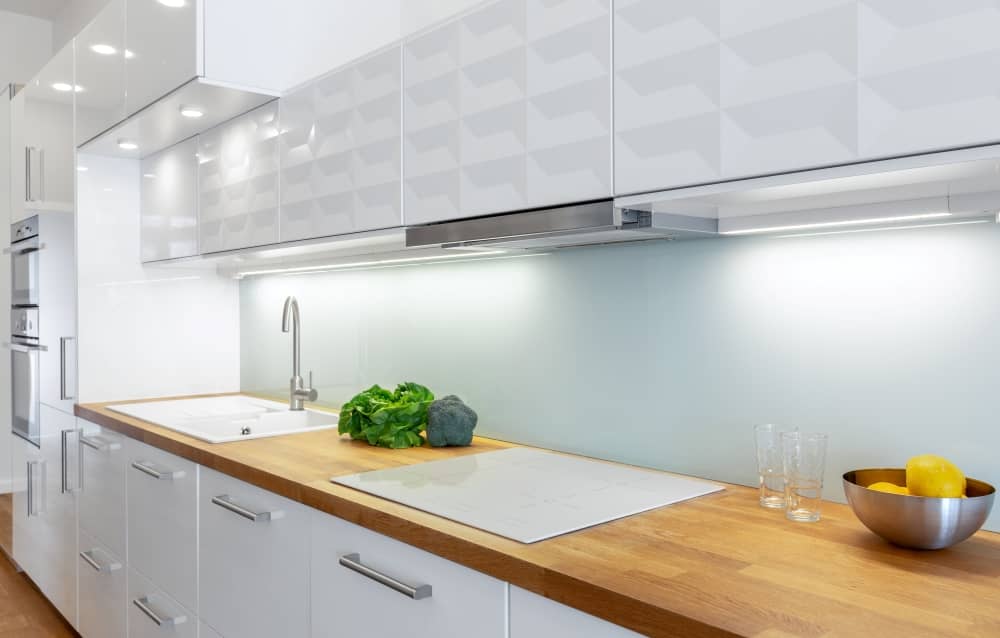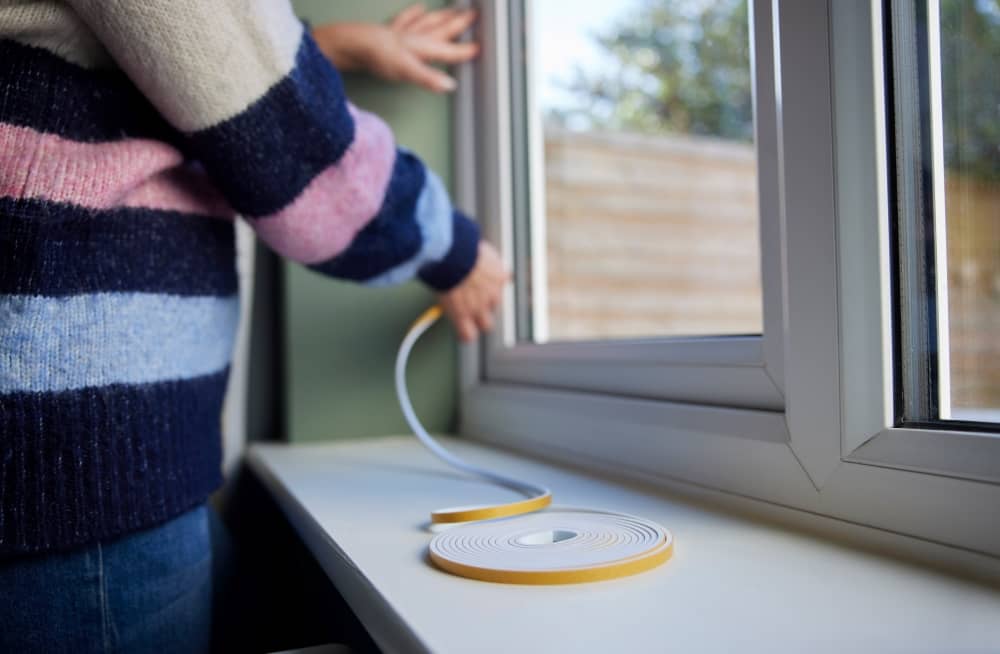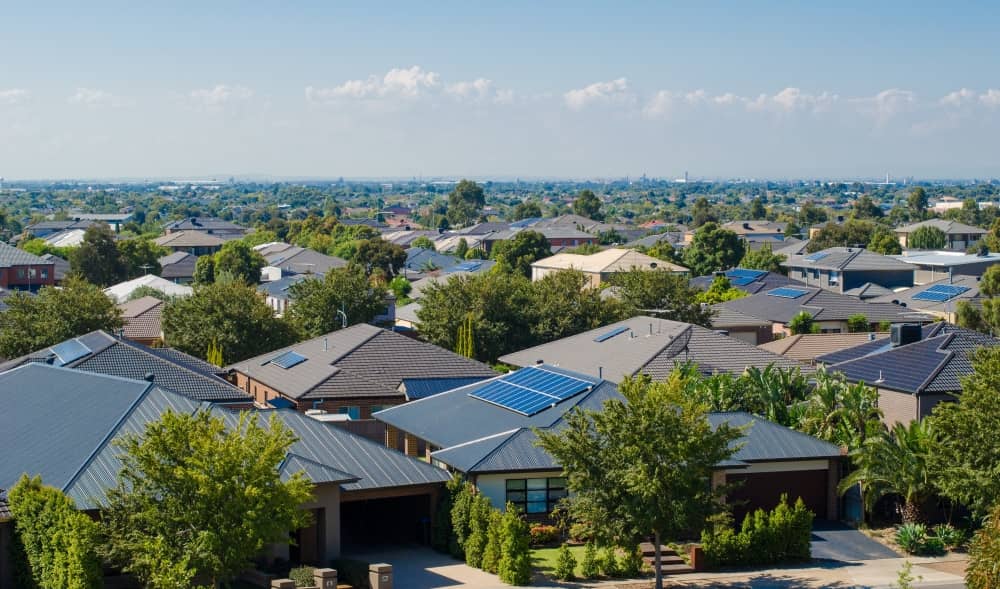According to the Australian Parliament House, your home’s energy costs can rise due to environmental policies affecting wholesale energy prices and retail price deregulation. But to put it simply in the eyes of a consumer, your electricity consumption dictates the cost. This means that the more you use electricity, the more it will cost you.
Not to worry, though; we have 10 tips that will help you save energy usage so you save energy costs, as well.
1. Ask Your Energy Retailer for an Energy Audit
You can request an energy audit, usually on the phone, to aid in identifying ways to save energy. You can also do it on your own. Start by understanding your energy bill, including the tariffs and fees. If you have solar PV, you most likely have billing credits and offsets.
Get your energy usage in kilowatts per hour. Then, compare it to the average kWh at your location to see if your consumption stacks up. You can find this information online, or you can ask your retailer directly. If you find that your electricity bill is about 10kWh greater than the average, you should talk to Synergy to request a more thorough energy audit.
2. Determine Which Appliances Consume the Most Energy
Figure out which appliances guzzle the most amount of energy by checking your smart metre. If you do not know where to start, check your old fridge or a pool filter, which consumes a lot of energy. It does not always have to be a huge appliance, as small ones like fan heaters can consume a lot of energy, as well.
Here is one simple trick if you do not have a smart metre. Turn off all your appliances and run the one in question for a few minutes. Then, check your electricity metre to see the number of revolutions per minute. The more revolutions you see, the more energy your appliance is using.
One more method that you can try is to use the appliance wattage. You can find this information on the base of the appliance itself. Multiply the number by the number of hours you use per day before dividing the product by 1000. The answer will tell you the daily kWh of the appliance. Finally, multiply the number by the rate per kWh found on your energy bill. This number gives you an idea of how much that particular appliance costs you in energy per day.
3. Switch to More Energy-efficient Appliances
Once you find out which appliances use the most energy, you can either upgrade to more energy-efficient appliances or reduce the frequency of use. Upgrading your high-usage appliances will immediately lower your energy bill.
You might be surprised by the amount your old fridge is costing you. Although buying a new fridge may seem expensive at first, you will see that it uses less kWh, allowing you to recoup the cost of the appliance in energy savings. When buying a new appliance, be sure to look for one with the highest Energy Star rating. Remember to take into account that ratings vary depending on the usage criteria. To help you determine future running costs, use this calculator.
4. Turn Off the Lights and Any Electrical Appliance When Not in Use
Some people may tell you to leave your appliances on standby. But whether you’re leaving a room or going for a walk, it makes perfect sense to turn the appliances off at the switch. Doing so can save you some money on utility bills, although this depends on your light bulb. Nevertheless, it is a surefire way of extending the light’s life, so you do not buy bulbs as often.
Turning off the lights and electrical appliances when not in use can reduce “plug loads.” That’s what we plug in, from computers to coffeemakers to TVs and smartphones to charge them. The more items you have plugged into your house, the more susceptible they are to damage in case of an unexpected power surge. Unplugging them from the socket also helps increase their lifespan.
5. Optimise Your Lighting and Heating/Cooling
If you’re still using halogen lights, it is time to switch to more efficient LEDs. Some homeowners prefer heat-zapping downlights, but they are quite problematic. These lights act like small chimneys that suck warm air out of your home, prompting you to increase heating.
Many homes use central heating, which is ineffective, especially if you have a larger home. Instead of paying for costly central heating, you may want to look for better ways to optimise your home’s heating and cooling systems. One method is through an inverter heating or cooling system to heat or cool a particular spot where you are in. This reduces energy waste.
6. Replace Your Old Power Boards
Using a power board lets you supply electricity to several appliances simultaneously. You can also choose to turn them all off with just one switch.
When you work or study from home, you probably have a regular power board, which may be wasting energy. Consider replacing it, especially if it has been around for several years. Go for a new smart docking station, which is more energy-efficient even if your devices are on standby.
7. Go Solar
You’ve probably heard this solution for a while now, but that’s because going solar is one of the keys to saving energy and the environment. Installing solar panels on your homes roof is rewarding, especially when you see your home’s energy costs continue to decrease. As WA gets a lot of sun throughout the year, a solar system is a wise investment for producing free electricity.
8. Use Solar Electricity for Power-hungry Appliances
In tip #2 above, we shared that you should know which appliances consume the most energy. If you do not want to replace them with a new one or reduce their use, you should run them with solar power instead.
Normally, people use these energy guzzlers at night when the electricity rate is lower. But when you have solar installed, you should do the opposite. The panels generate the maximum energy around noon, so use your washing machine, dryer, or other appliances during this time of the day. If you have battery storage, though, you can use solar to power your home.
9. Be Wise When Heating Water
Hot water contributes to a considerable amount of energy consumed in your household. The Department of Energy states that hot water makes up about 25% of the average energy bill. Minimise its use by using cold water to wash clothes and running the washing machine and dishwasher only when full.
Solar water heaters are also a great way to save up to 80% on energy bills. Just like solar panels, they harness the sun’s power, absorbing and retaining it to heat water. Once heated, water is directed to a reservoir tank, allowing you to access hot water when needed. It may also be directly fed into your water system.
10. Draught-Proof Your Home
Sealing gaps around floors, doors, and windows can work wonders for your heating and cooling costs. When your home is appropriately draught-proof, you’ll feel more comfortable as condensation and dampness are reduced.
These simple steps can help your home power usage, saving you energy. Use them in combination with a solar energy system so you save some money, as well. Talk to our solar system specialists to find out how you can start.





